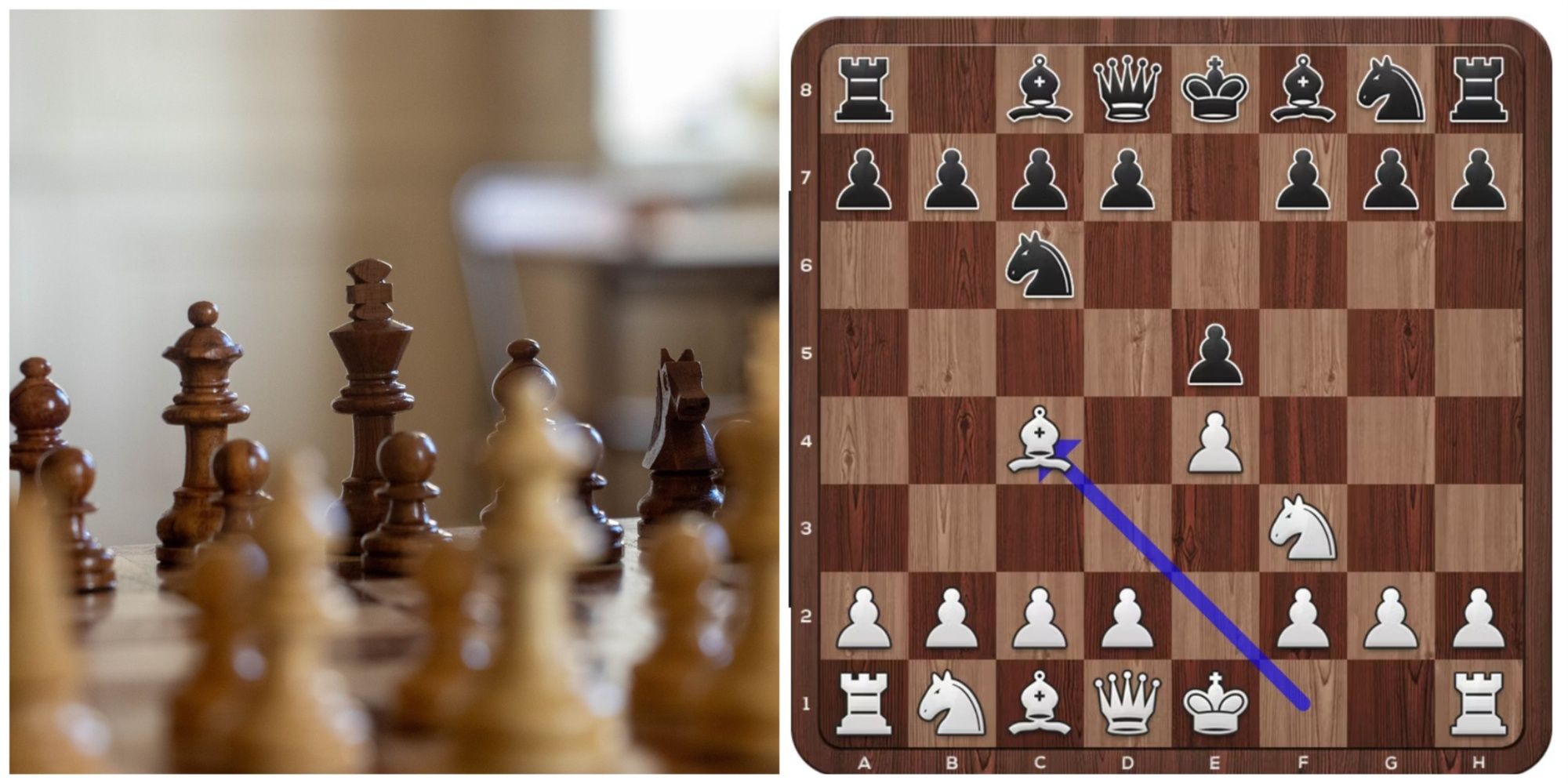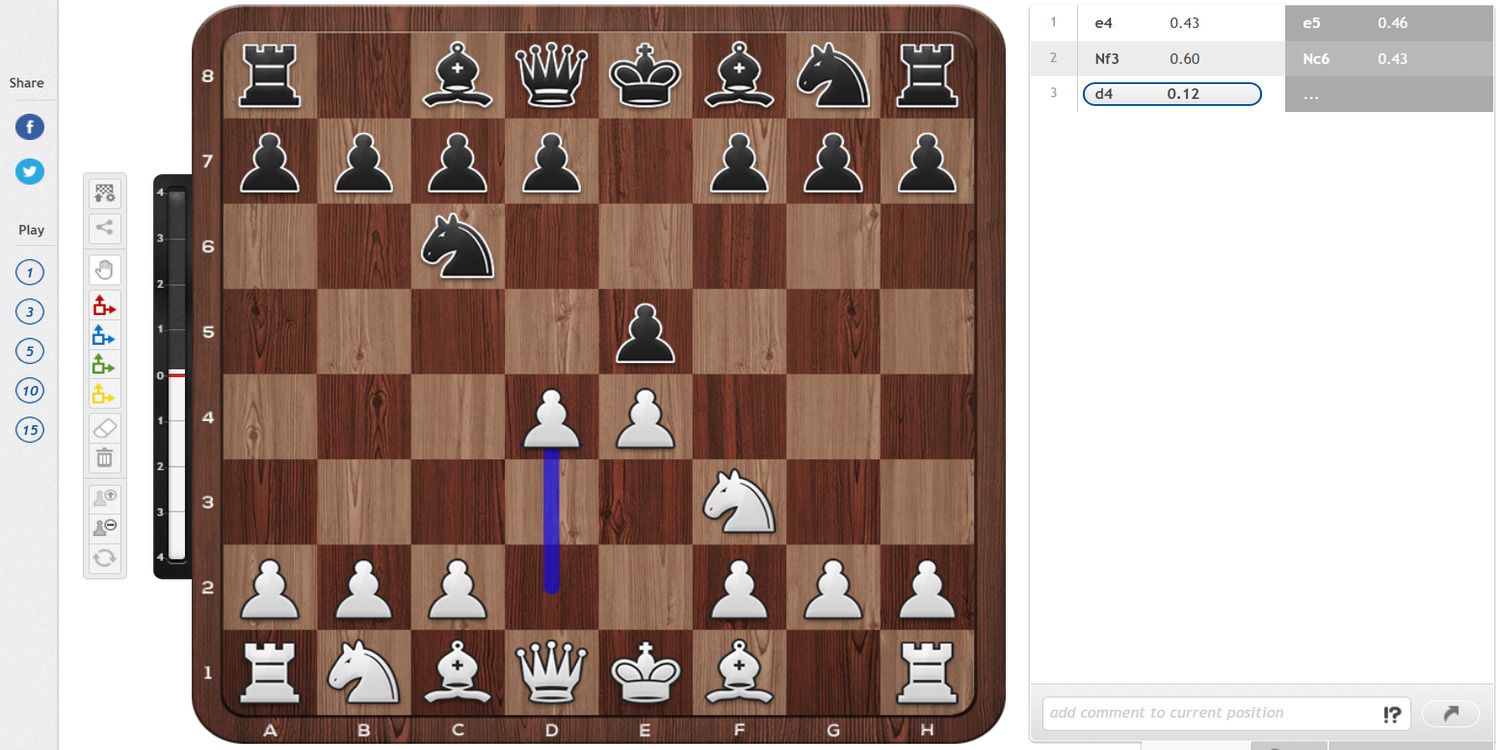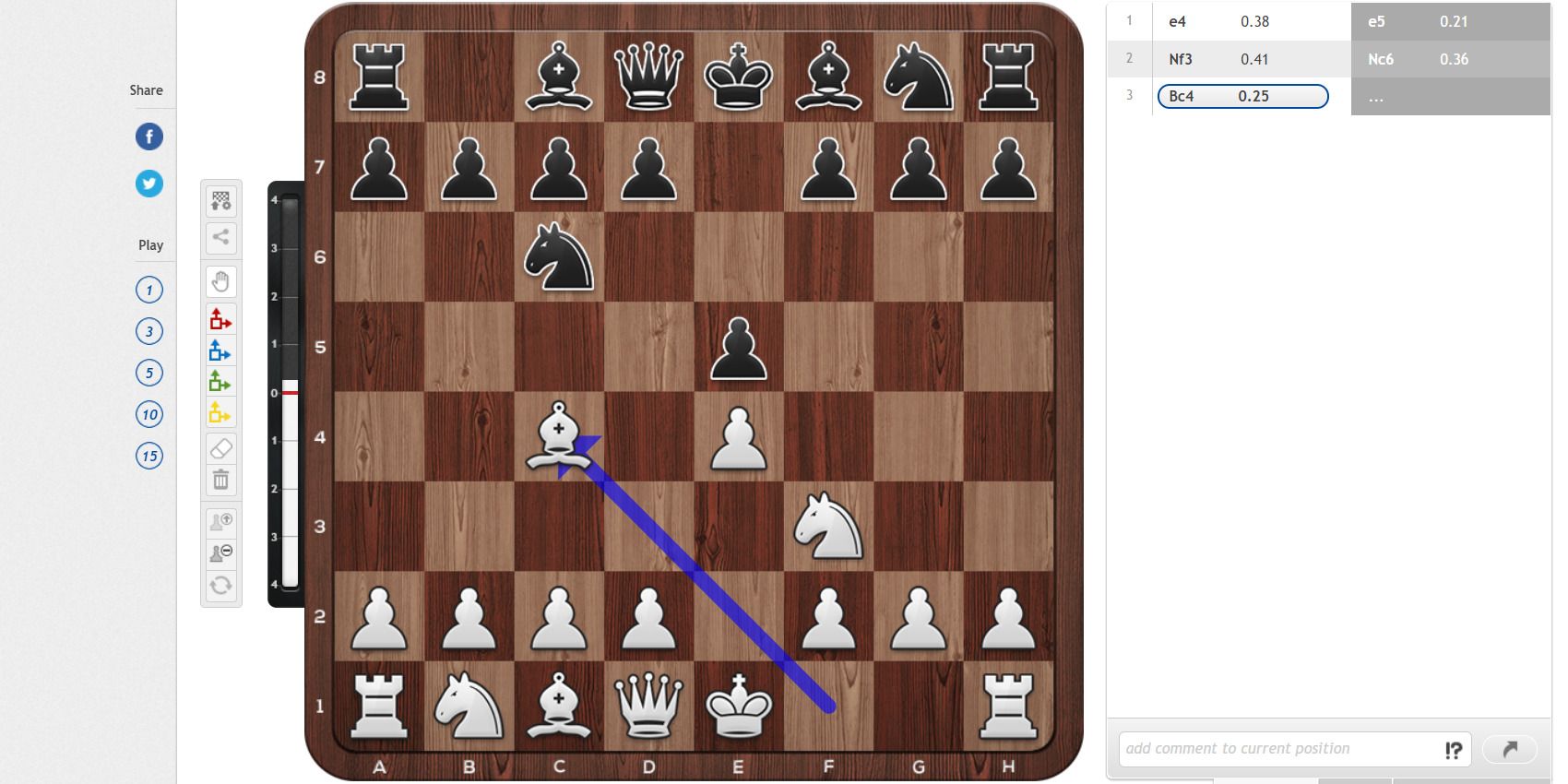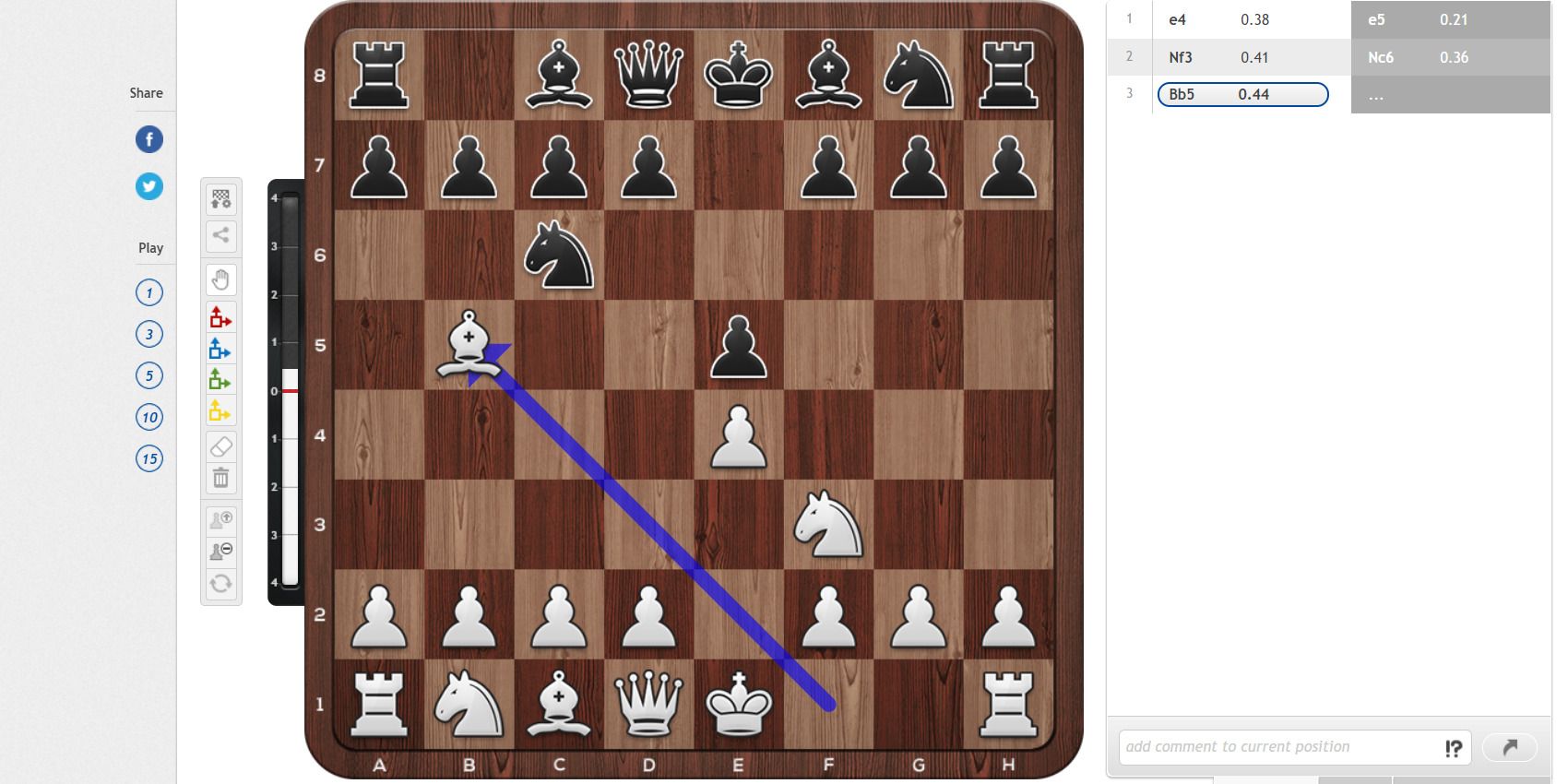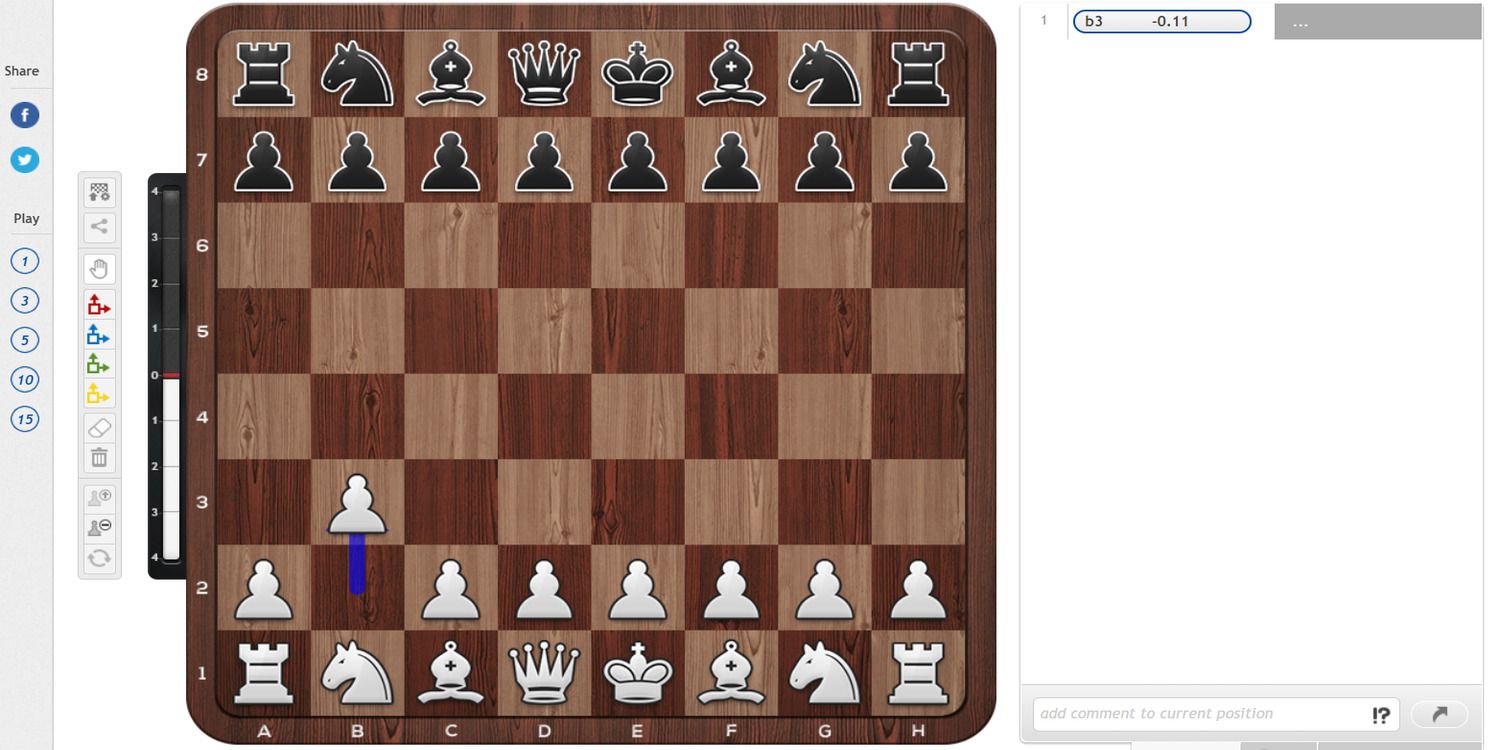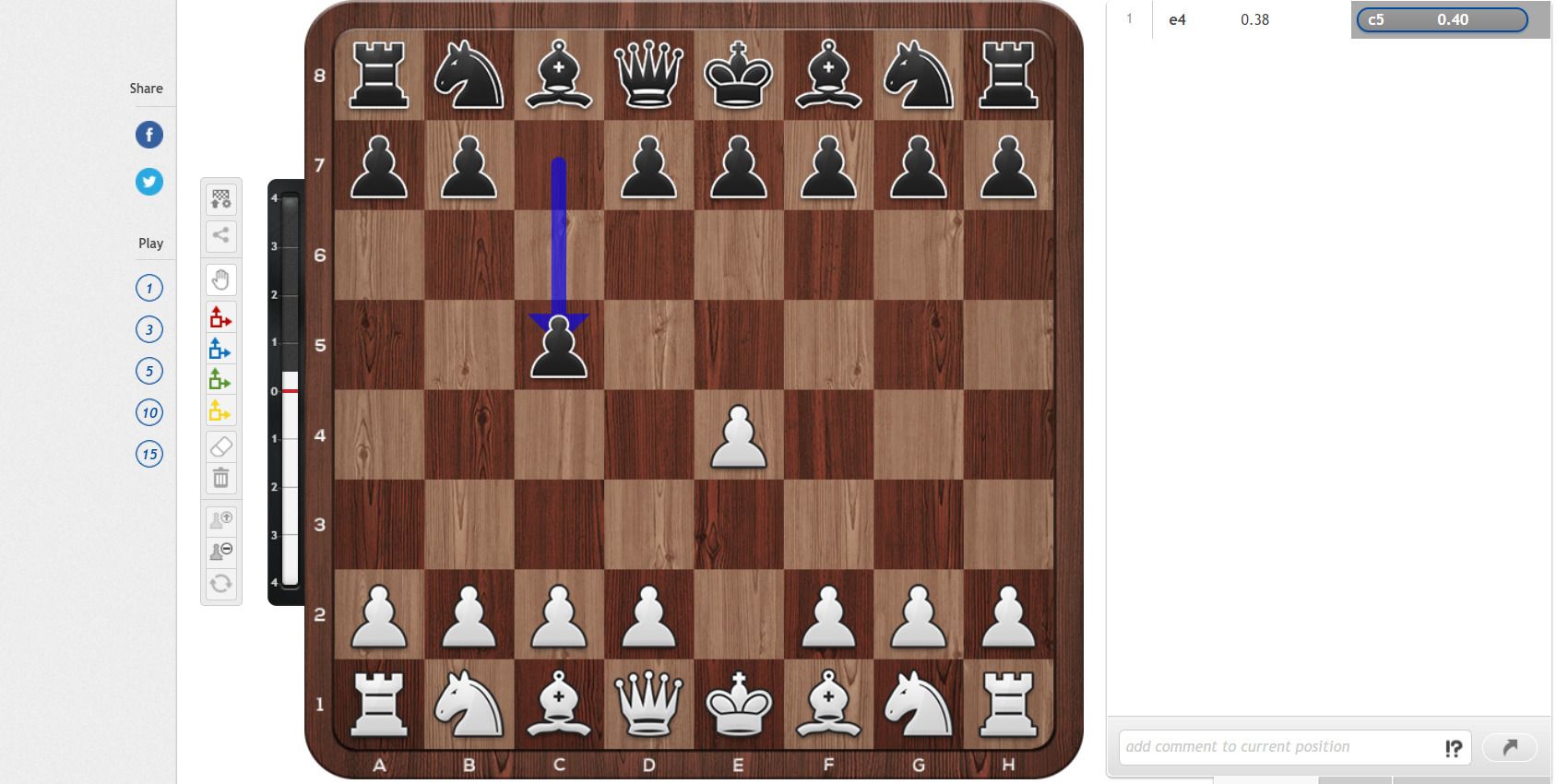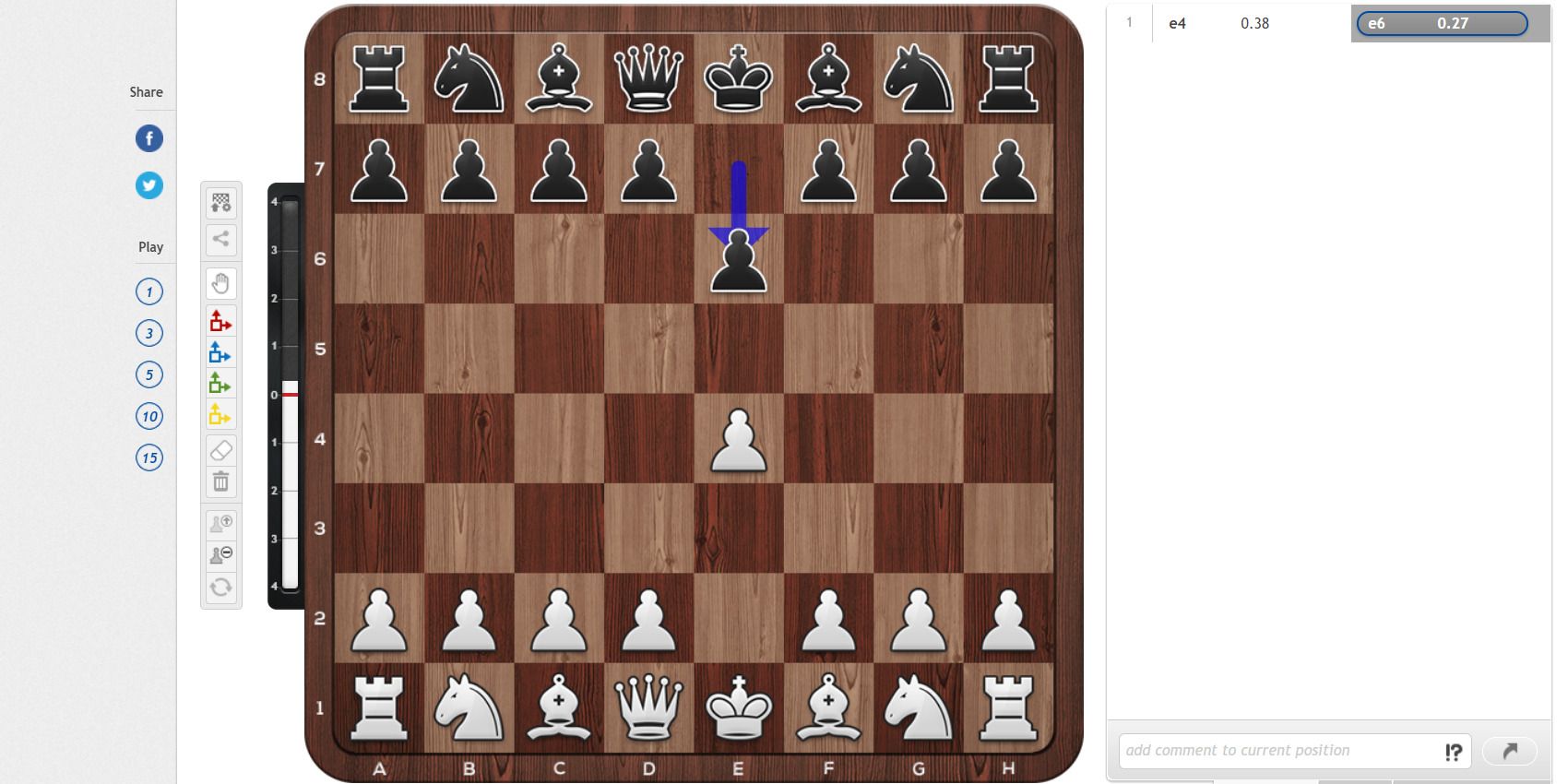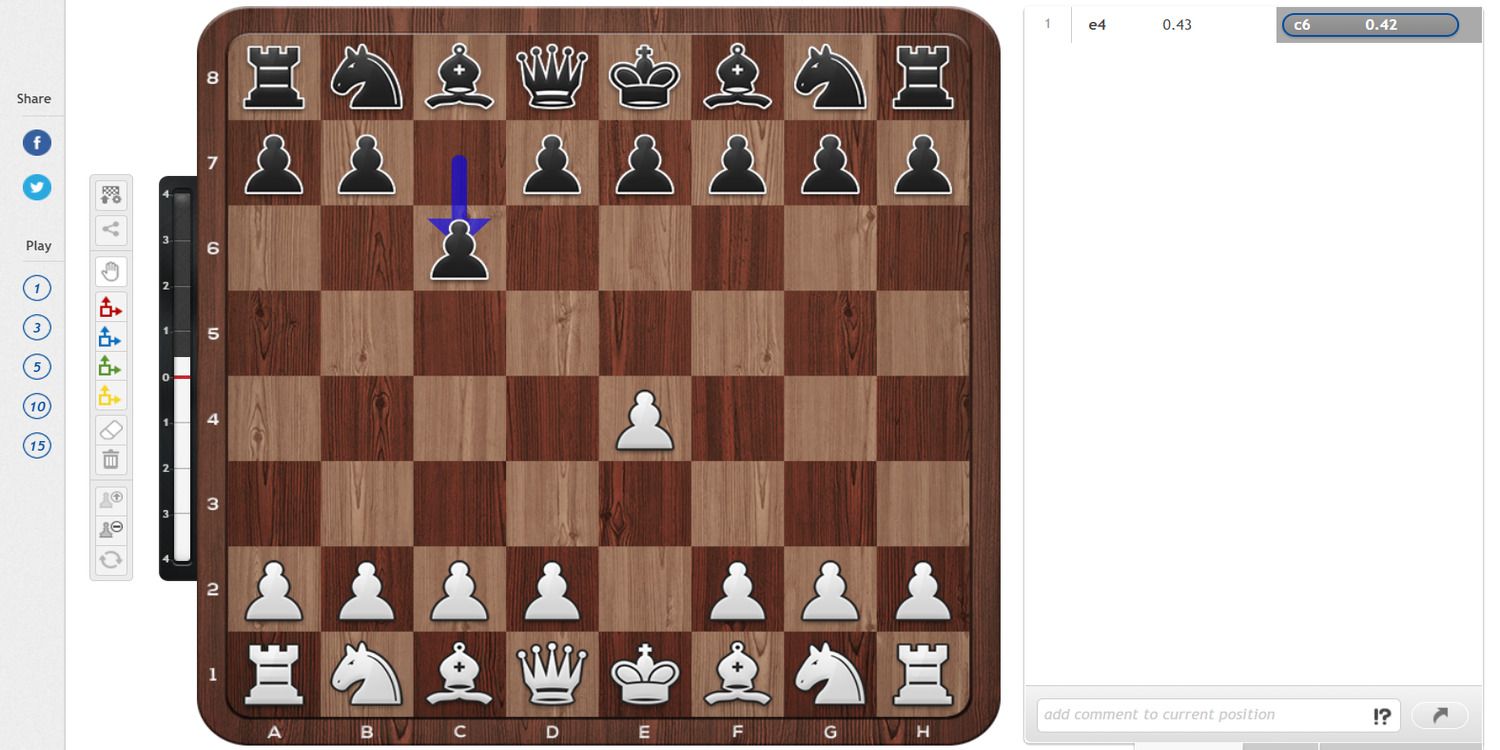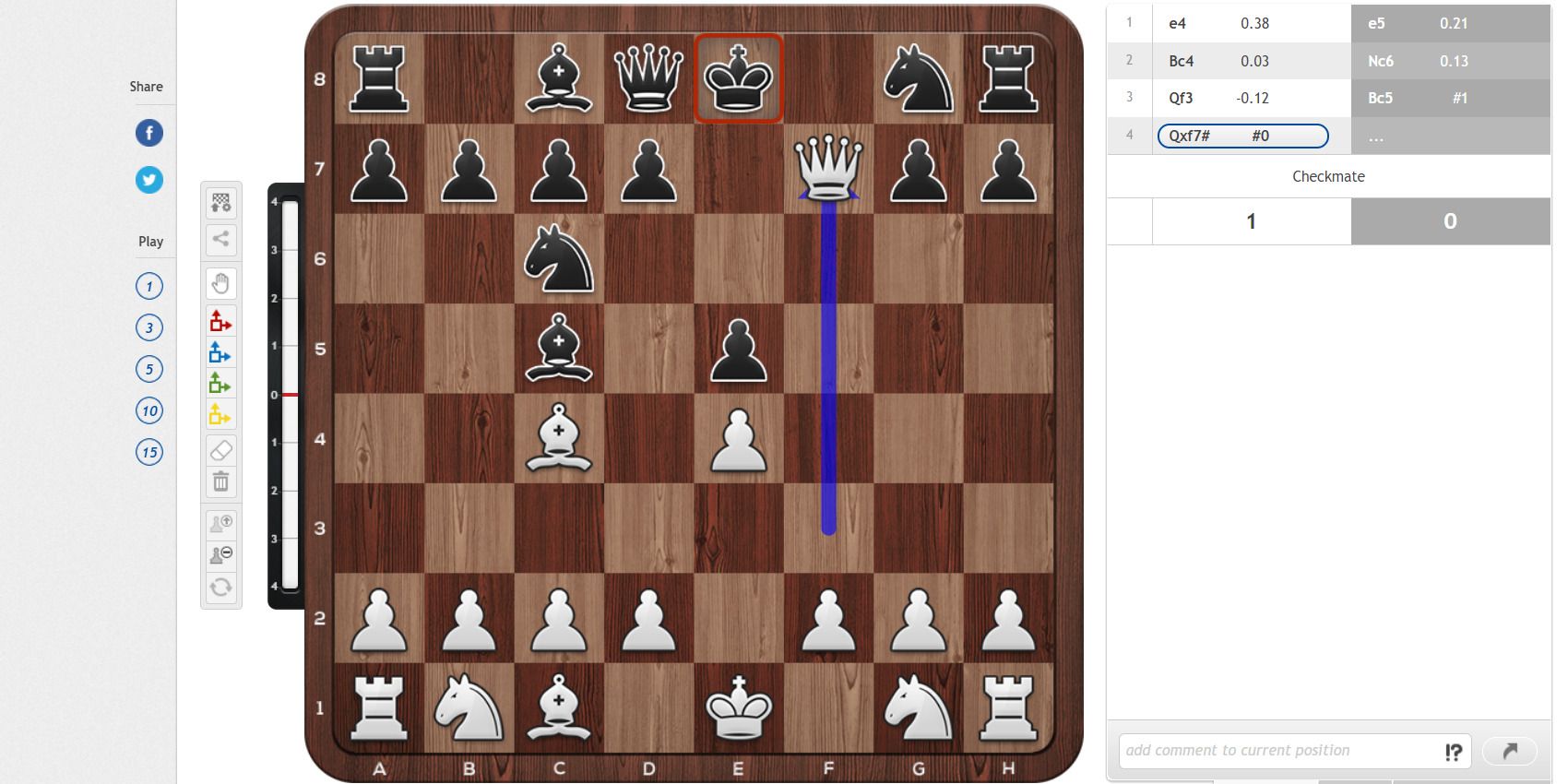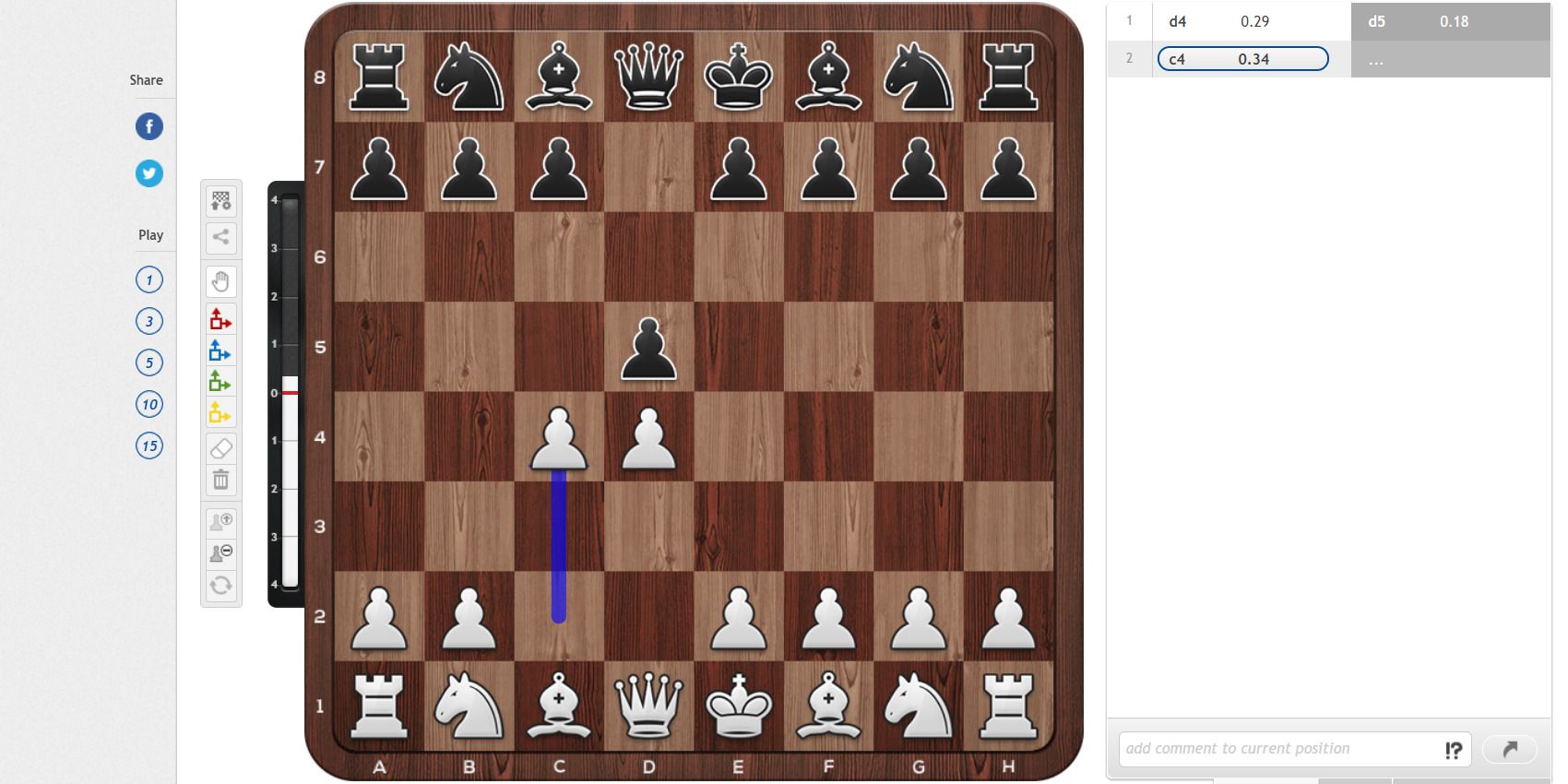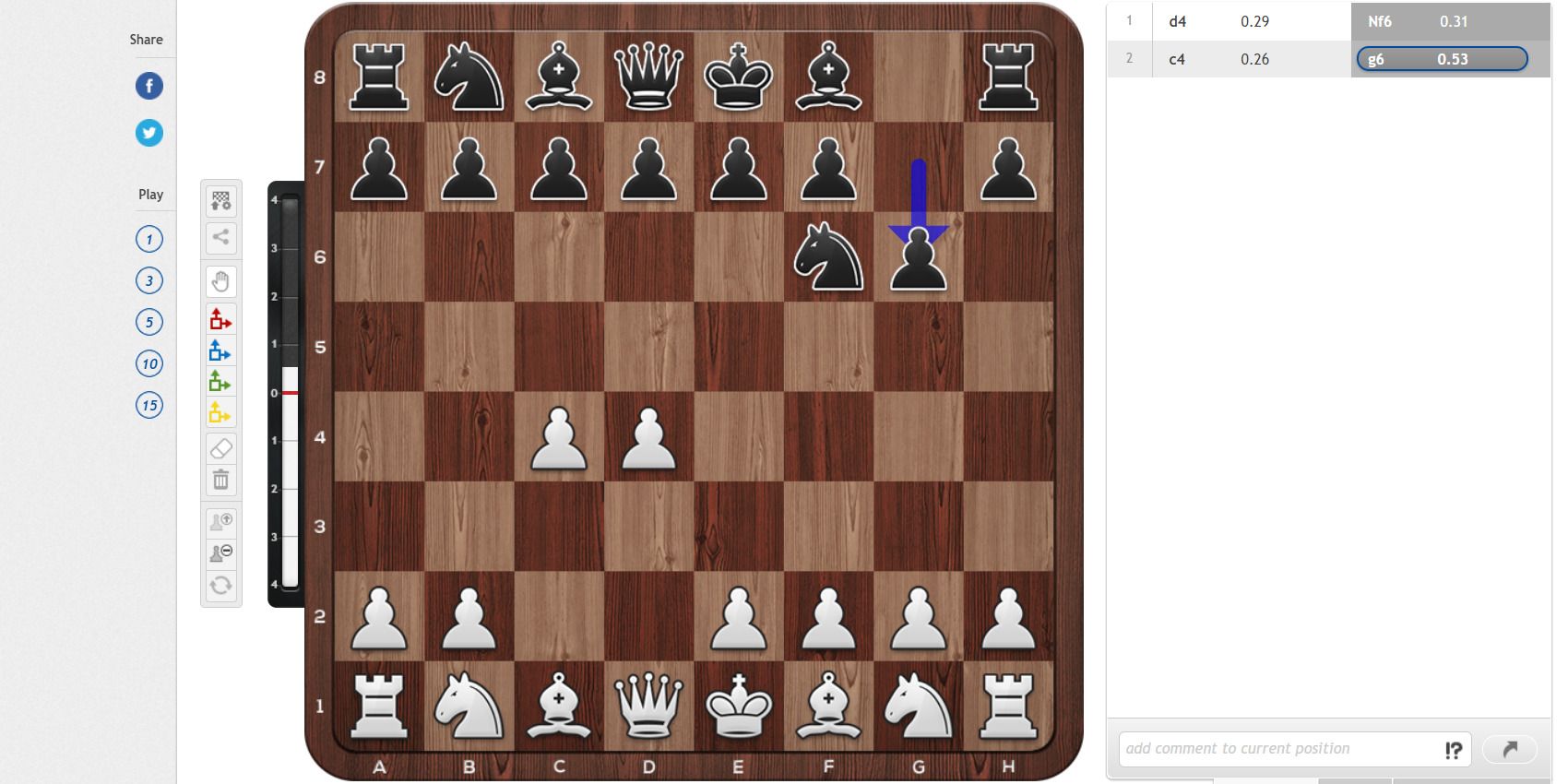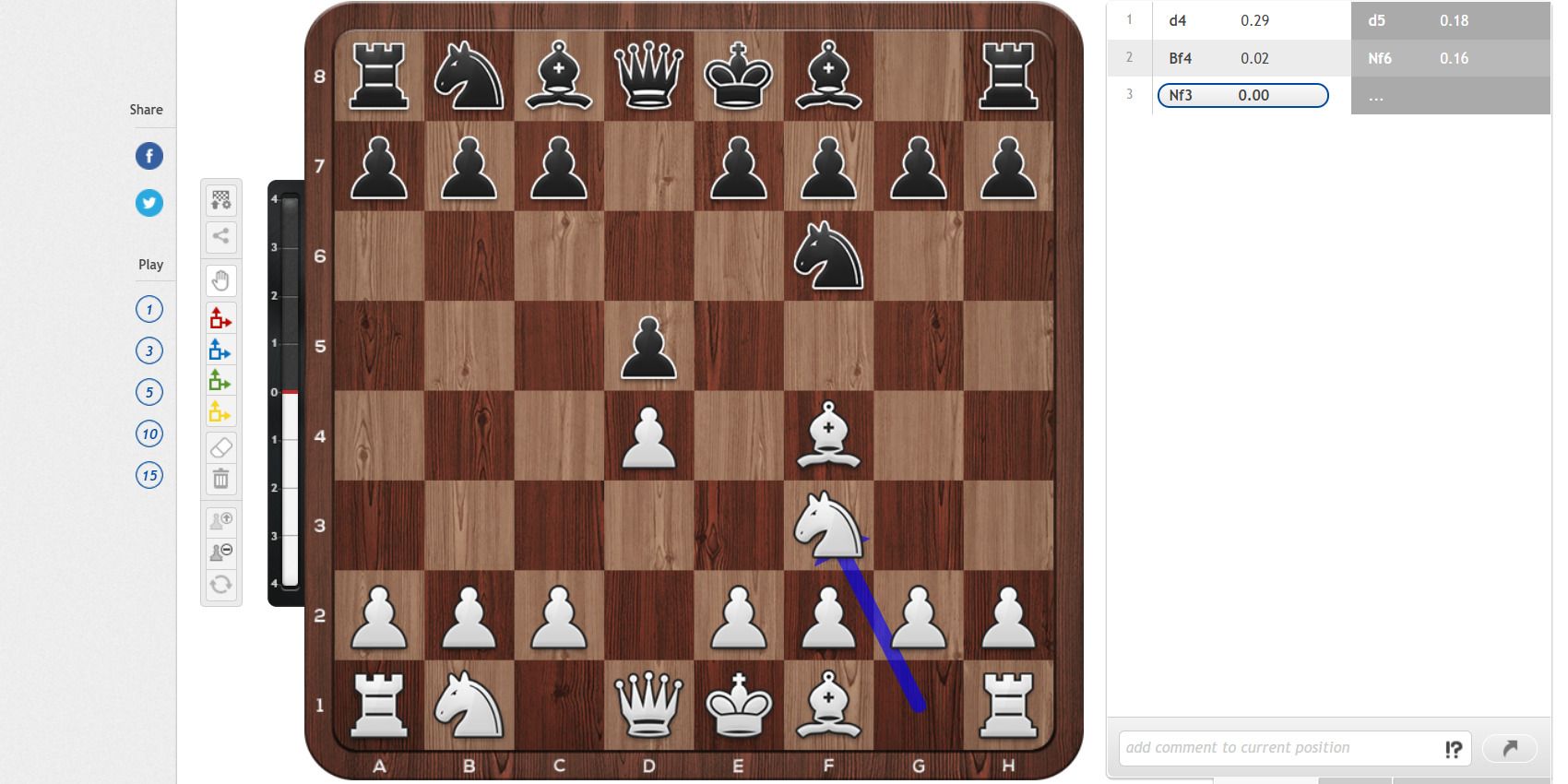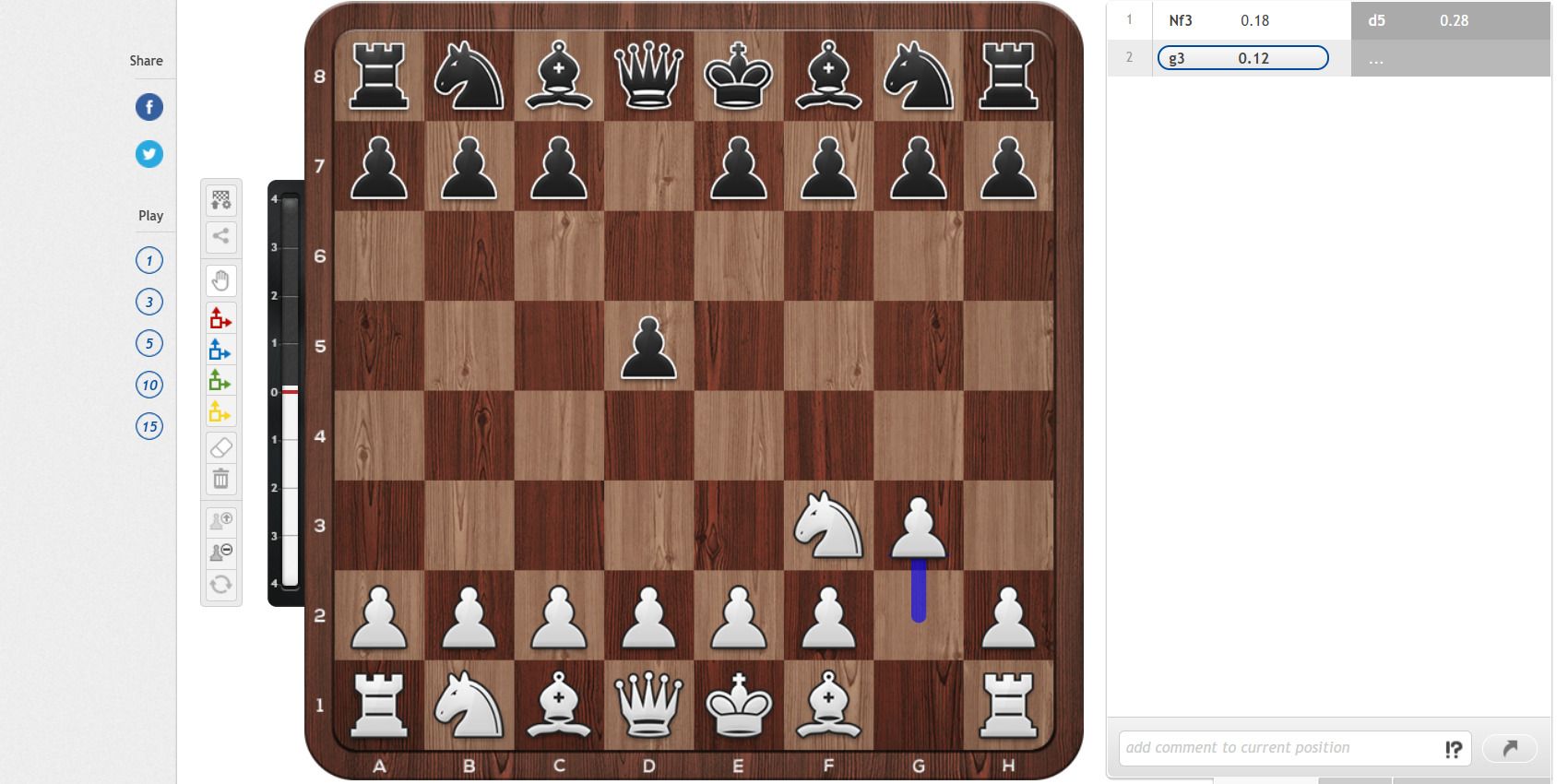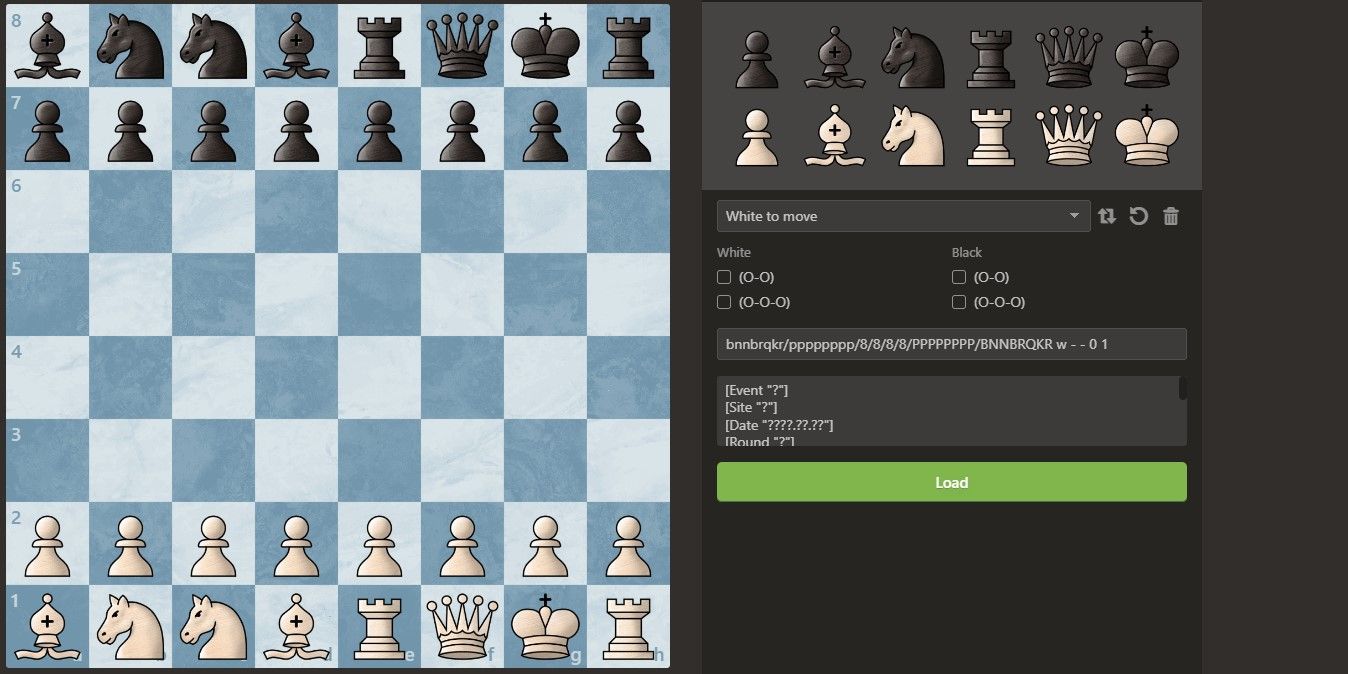Highlights
- Chess has experienced a rise in popularity thanks to Twitch events like PogChamps and the success of Netflix's The Queen's Gambit.
- Learning from grandmasters' previously played games is a valuable resource for chess players.
- Understanding basic opening principles such as developing pieces, avoiding early queen moves, and controlling the center is crucial for success in chess.
Chess has enjoyed a sharp rise in popularity over the last year. This began when Chess.com created their first PogChamps tournament on Twitch in 2020, which proved extremely popular thanks to thanks to streamers like Grandmaster Hikaru Nakamura, xQc, and Ludwig. The tournament has gone from strength to strength since, with celebrities outside of Twitch like Gregor Clegane and Rainn Wilson competing in the tournament since.
Furthermore, Netflix's hit series The Queen's Gambit spurred another wave of interest, which gave sites like Chess.com, Chess24, and Lichess huge increases in their player count. To help players who are new to the game, here are some of the best openings to get started with.
Notations showing how the pictured games were reached will be on the right-hand side of each picture. For those who are yet to learn chess notation, a handy guide can be found here.
Updated on August 5th, 2023, by Jack Pursey: Like in many sports, hobbies, and jobs, sometimes the best way to learn in chess is to simply look at what the best in the business do and try to learn exactly what it is they're doing and why they're doing it. Online databases have made it incredibly easy for chess players to find previously played games from grandmasters, providing a near-endless amount of learning resources for players. As such, this list of the best chess openings has been updated to include some example games from the pros.
Breakdown of the Basic Opening Principles
Before diving into the openings, it's worth listing some of the key opening principles. The following seven principles have been passed down through generations and used by Grandmasters for centuries.
- Develop, Develop, Develop - The most important thing to do in the opening is to develop pieces. Failing to do so will often give the opponent control of the center, giving them opportunities to build an effective attack, while the undeveloped player will struggle to gain any sort of foothold in the game.
- Don't Bring The Queen Out Too Early - Given that the queen is the most powerful piece, many beginners rush to get the queen out as soon as possible so that it can start doing some damage. However, this is almost always a mistake, as the queen's importance means that it needs to be rigorously protected, giving the opponent the chance to attack the queen while simultaneously developing pieces, which can cause the player to spend much of the opening constantly moving their queen about.
- Don't Move The Same Piece Twice - Following on from the previous point, moving the same piece twice in the opening is often a bad idea as it loses tempo and gives the opponent the chance to get ahead in the race to develop pieces. By moving the same piece twice, the player is wasting valuable moves.
- Avoid Making Too Many Pawn Moves - Pawns play an important role in many openings, but making too many pawn moves can harm a player's development, as it's vital to activate knights and bishops in the opening phase of the game.
- Develop Towards The Center - Gaining control of the center is something that players should constantly be thinking about during the opening, as doing so puts them in a fantastic position to win the game if they know how to capitalize. As such, when developing pieces, players should always be considering how they can develop in a way that threatens to gain control of the central squares.
- Castle Early - Players should ideally be castled before move ten. Castling is a great way to protect the king, and failing to do so can leave it vulnerable to attack once the opponent has a few pieces developed.
- Connect The Rooks - The final step to a strong opening is often to content the rooks. With the rooks protecting each other across a cleared back rank that has nothing more than a well-protected king on it, the player should be in a good position as the mid-game begins.
Scotch Game
The Scotch Game is an alternative to the popular Ruy Lopez system. The opening's main benefit is that it quickly gives White plenty of space, particularly for their two bishops, which are both given open diagonals.
The opening isn't without its issues, as it swiftly releases the tension and can make White's e4 pawn vulnerable later in the game. Still, it's a great opening to learn for those who want to gain early space and avoid all of the theory that comes with playing the Ruy Lopez.
Example Games to Study
Poobalasingam vs Radovanovic (2008)
Italian Game
The Italian Game is believed to have originated in the 15th century, making it one of the oldest openings still commonly used today. White and Black both get some control of the center and open up space for their queen and bishop with the e pawn push. Both develop their knights as Black defends the e5 pawn that White is threatening.
The move Bc4 has multiple purposes. It puts pressure on Black's weak f7 square, develops a minor piece, helps control the center of the board, and allows White to castle on their next move. When playing as Black and in this position, be wary of the move Ng5, which sees White threaten to take the f7 pawn, forking the queen and rook. This is known as the Fried Liver Attack.
Example Games to Study
Ruy Lopez
The Ruy Lopez is similar to the Italian Game but with the bishop on B5 instead of C5. Like the Italian Game, it's a solid opening as White has good control of the center with their pawn and knight and can castle with their next turn. The most common response for White in this position is a6, forcing White to decide what to do with their bishop. It may seem tempting to take the knight as it doubles Black's pawns. However, this is a dubious strategy as, generally speaking, bishops are slightly better than knights.
It may seem that if Black plays a6, White can take Black's knight, then capture the hanging pawn on e5 with their knight once it recaptures the bishop. However, this would allow Black to play either Qe7 or Qg5, causing problems for White.
Example Games to Study
Nimzowitsch-Larsen Attack
The Nimzowitch-Larsen Attack is named after Aron Nimzowitsch and Bent Larsen, who both commonly played 1.b3 or 1. Nf3 2. b3. It's an uncommon opening, especially at the beginner level, which makes it a good opening for newcomers to learn, as their opponent will likely be unprepared for it.
The Nimzowitsch-Larsen Attack lets players put their dark-square bishop on b2 early in the game, which helps to control the center and also gives White a dangerous weapon against Black's kingside, especially if they castle on that side. A common tactic for Black is to try and block White's dark-squared bishop with their pawn structure and to attack White's kingside, which can be underdeveloped in the mid-game if White isn't careful.
The two most popular continuations from this position are 1. e5 2. Bb2 Nc6 3. e3 Nf6 4. Bb5 Bd6 and 1. e5 2. Bb2 Nc6 3. e3 d5 4. Bb5 Bd6. In both examples, White is trying to capture Black's knight and then take their pawn, which would be undefended.
Example Games to Study
Sicilian Defense
The Sicilian Defense has become the most common response to e5, so it's certainly worth learning the move as both White and Black. However, the Sicilian Defense is a minefield when it comes to chess theory – entire books have been written about it. Therefore, the best strategy to adopt when encountering the opening as a beginner is to stick to basic opening principles -- control the center of the board, develop pieces, and castle early.
The idea behind c5 for Black is that it discourages White from playing d4, their ideal move. The most common move for White in this position is to play Nf3, with the idea of pushing d4 next move. If cxd4, White has the move Nxd4.
Example Games to Study
French Defense
The French Defense is the third most common response to e4, with e5 being the second. The idea is that Black wants to counter White by playing d5 next move, quickly challenging White for control of the center. It's a solid move for Black, as it usually leads to closed positions in the mid-game. This is handy when learning the game or playing against a higher-rated opponent.
However, the increase in defense creates an offensive issue. The main one is that Black will likely struggle to develop their light-squared bishop due to Black's pawn structure blocking it in. The most common continuation from this position is 2. d4 d5 3. Nc3, defending the e4 pawn with the knight.
Example Games to Study
Caro Kann Defence
The Caro-Kann Defence is the fourth most popular response to 1. e4. The opening is similar to the French Defence (more on that later) in the sense that Black ideally wants to play 2. d5, quickly challenging White's e4 pawn for control of the center.
One of the main benefits of the Caro-Kann Defence in comparison to the French Defence is that Black's light-squared bishop doesn't tend to get blocked, though it does prevent Black from moving their knight to the c6 square.
Example Games to Study
Nimzowitsch vs Capablanca (1927)
Scholar's Mate
The Scholar's Mate isn't a great opening to learn when aiming for chess improvement, but it's handy to know to avoid being beaten by it. White has checkmated Black in this position, as the king can't escape White's queen. Meanwhile, White's bishop prevents Black from capturing it.
Thankfully, there are a few ways to combat this as Black. For starters, Black can play Nf6 on move 3, guarding the f7 square and simultaneously developing a minor piece. It also prevents White from moving their queen to h5, which is another way to deliver the early checkmate. Opening in this way isn't a good strategy for White, as it usually puts them in a poor position in the middle game due to their awkwardly placed queen.
Example Games to Study
Queen's Gambit
The Queen's Gambit is an opening that new players may want to learn after watching the show of the same name. The move may seem odd to new players, as Black is free to take the unprotected c4 pawn. However, White is likely to win a pawn back. The most common way for White to win the pawn back is with the move e3, which opens up the bishop to capture Black's pawn. Black can continue trying to defend the pawn, though they will likely find themselves in an awkward position.
If Black doesn't take the pawn, then White enjoys decent control of the center and is free to start developing their pieces and get castled.
Example Games to Study
King's Indian Defense
The King's Indian Defense is a common response to White's d4 and c4 moves. Black intends to play g7 within their next few moves, allowing them to castle and develop some center control with their pieces rather than pawns. Generally speaking, this opening allows both players to comfortably start developing their minor pieces. It also allows them to castle within the first ten moves without any real trouble.
A common continuation from this position is 3. Nc3 Bg7 4. e4 d6 5. Nf3 O-O 6. Be2 e5. The move e5 challenges the center while White is ready to castle.
Example Games to Study
London System
The London System is very common for new players to learn as it usually allows White to safely develop their pieces and obtain a solid position moving into the mid-game. A common strategy for White in this position is to play e3 on their next turn; this defends White's dark-squared bishop while also allowing the light-squared to develop, letting White castle kingside.
A common continuation from here is 3. c5 4. e3 Nc6 5. c3 e6 6. Nbd2 Bd6, giving both players a solid position to begin the mid-game.
Example Games to Study
King's Indian Attack
The King's Indian Attack is a great opening for beginners as it's easy to learn, quickly gets White's king safe, and isn't a theoretical minefield like many of the e4 openings.
The King's Indian Attack is similar to the aforementioned King's Indian Defense, but with White having an extra tempo. The opening has similar benefits to the King's Indian Defense, as White aims to control the center while developing pieces and can castle within their first few moves after moving their light-squared bishop to g2.
After fianchettoing the bishop and casting, it's often a good idea to play d3. The purpose of d3 is that it stops Black from playing e4, opens a line for the dark-squared bishop, and also gives the b1 knight the option to go to the d2 square.
Example Games to Study
Fischer Random Chess (Chess 960) Opening Advice
Fischer Random Chess (also known as Chess 960) was invented by legendary Grandmaster Bobby Fischer and is a style of chess that randomizes the player's home rank pieces, with the king still being someone in-between the two rooks to allow casting and with the bishops being on opposite-colored squares. White and Black have identical positions.
Bobby Fischer created this variation of the classic game in 1996 to remove opening memorization from the game -- something that he felt was harming the game of chess and removing creativity. The chess variant has grown in popularity in recent years, and FIDE even sanctioned a Fischer Random Chess World Championship in 2019 and another in 2022.
Although Fischer Random Chess is designed to remove opening memorization from the game, that doesn't mean players should throw any semblance of opening theory out of the window. In fact, players should still stick to the seven opening principles listed at the top of this article. Developing pieces, protecting the king, and controlling the center are all still key concepts that should be applied in Fischer Random Chess, and, generally speaking, a good player will reach a relatively normal-looking chess position by the time the mid-game begins.

